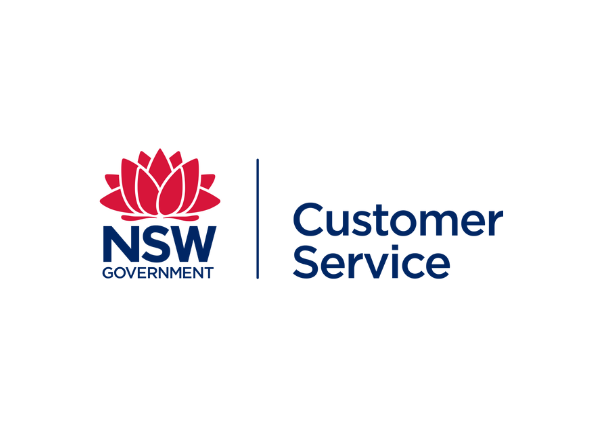Speak-up Save Lives App
The Speak Up product was developed in two (2) phases:
- Phase 1 was a progressive web app delivered in October 2019
- Phase 2 was a downloadable app delivered in early 2020 for download to mobile devices from the Apple and Android stores free of charge.
For phase 1, the team used progressive web app technology to build the app – a first for NSW Government in 2019. The benefit of this technology:
- Anyone with access to a digital device (e.g. tablet, mobile or desktop) can have an ‘in-app’ experience without needing to download anything. One click on the Speak Up URL and the user is moved into the product where it is quick, easy and intuitive to use.
- As the progressive web app can be accessed via a URL, it doesn’t require a user to set up an app store account, which allows anyone to access & use the product, not just those with devices or app store accounts (which require credit cards). This provides greatest accessibility for our NSW community.
- As a result of customer feedback received during the app’s development, the project team added a feature that linked the app to SafeWork NSW’s internal workflow system to ensure end-to-end date data integration — removing the need for staff to undertake any manual steps in the process.
- Significantly, when a submission is made via the Speak Up app, the information is loaded directly into the business’ workflow management system so the WHS concerns can be managed in real time. This includes the receipt, assessment, triage & allocation of resources if necessary for matters received after normal business hours (5pm – 8:30am workdays & all day on weekends & public holidays).
- The tool was launched on 16 October 2019 & feedback was obtained both internally & externally on its use, look and feel. There was limited promotion of the tool at the time of launch, until sufficient information was captured about its impact. This placed SafeWorkNSW in a better position to gauge the volume of incoming requests. The project team met routinely after the launch to review data, volume, impacts & feedback received to provide advice to the SafeWork Executive on any recommended actions. This feedback provided the project team with an opportunity to make product tweaks/changes Phase 1 of the product took 16 weeks from concept to launch.
- The product has introduced many operational efficiencies for SafeWork NSW — it provided SafeWork NSW with data that has not been as easily accessible in the past, such as quickly identifying emerging trends and/or hotspots The tool provides an alternative, non-traditional way (phone, email, letter) for people to report WHS issues to SafeWork NSW
- It allows the user to submit their WHS concern quickly & anonymously if they wish, for SafeWork NSW to action as appropriate at any time. Users can submit up to 3 photos with a narrative & a workplace address.
- User insights from young workers and representatives from culturally & linguistically diverse backgrounds have informed the product’s functionality & look and feel. The family impacted by the loss of their child at work on a construction site on 1 April 2019 also provided input into the product’s development.
The product is quick, easy to use and users can remain anonymous if they wish. Workers who are not able to raise a WHS concern in their workplace or where the employer is not willing to address the concern can speak up to SafeWork NSW via the app.
The bonus of having the option to include up to three photos has enabled users to show issues or concerns that may be difficult to describe — this has been a very useful addition to the assessment & triage process.

